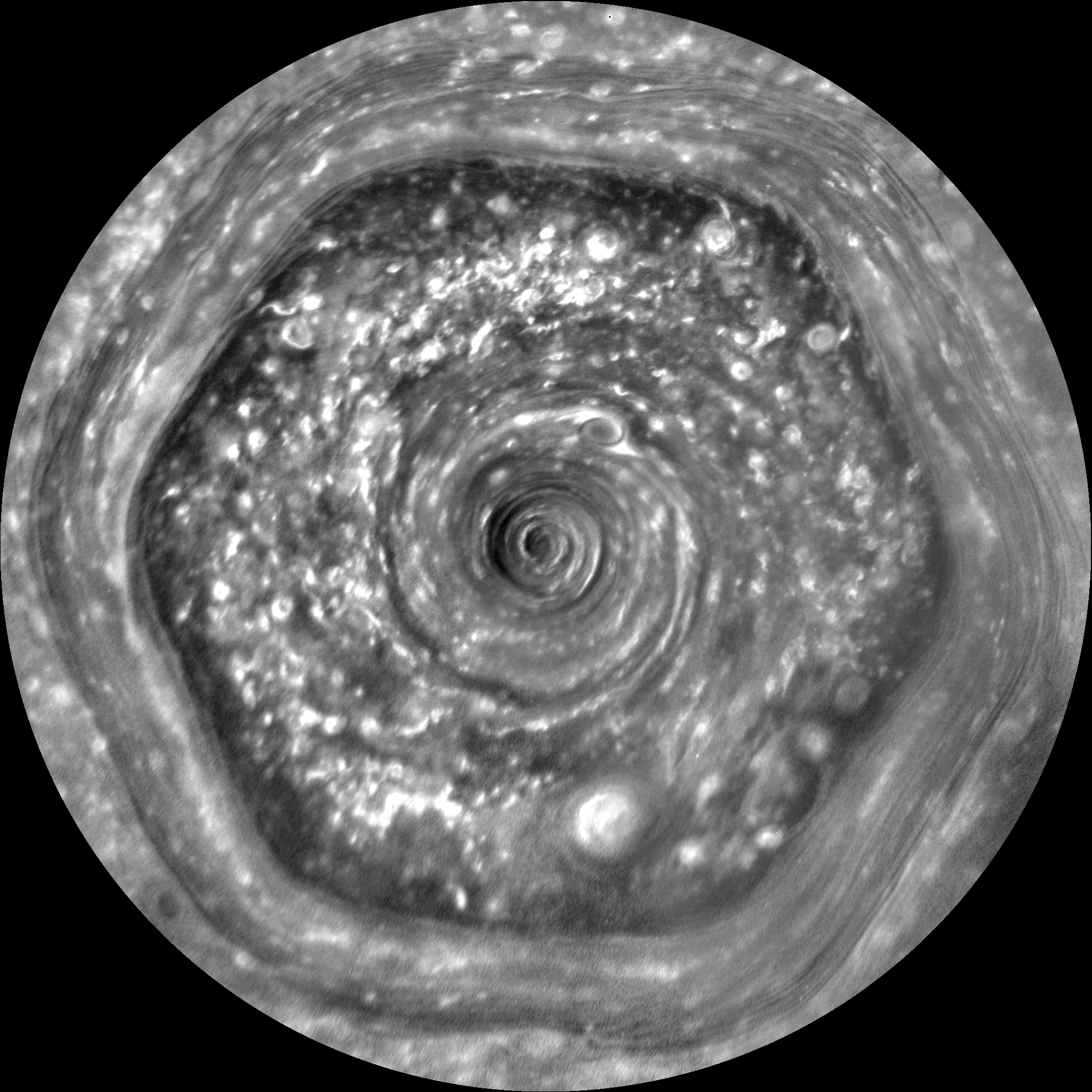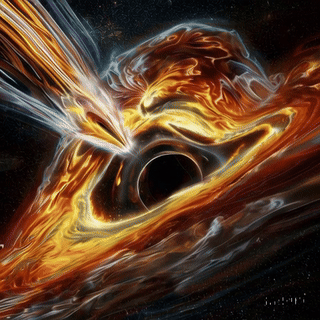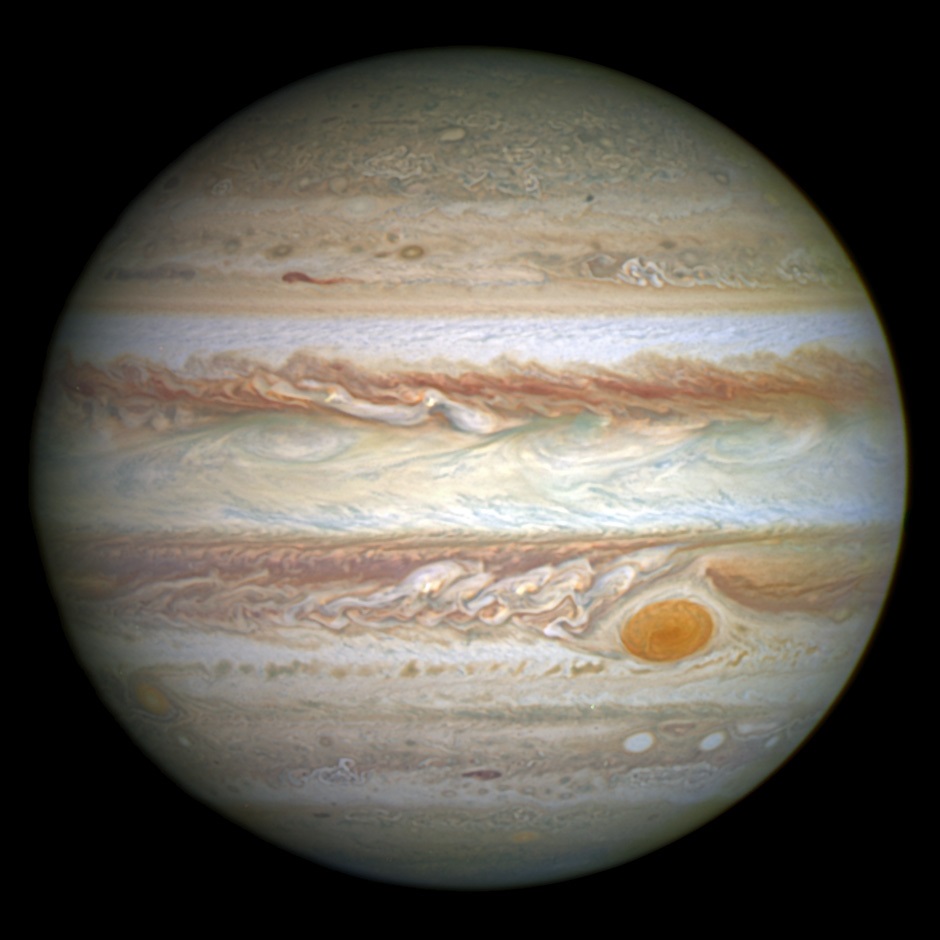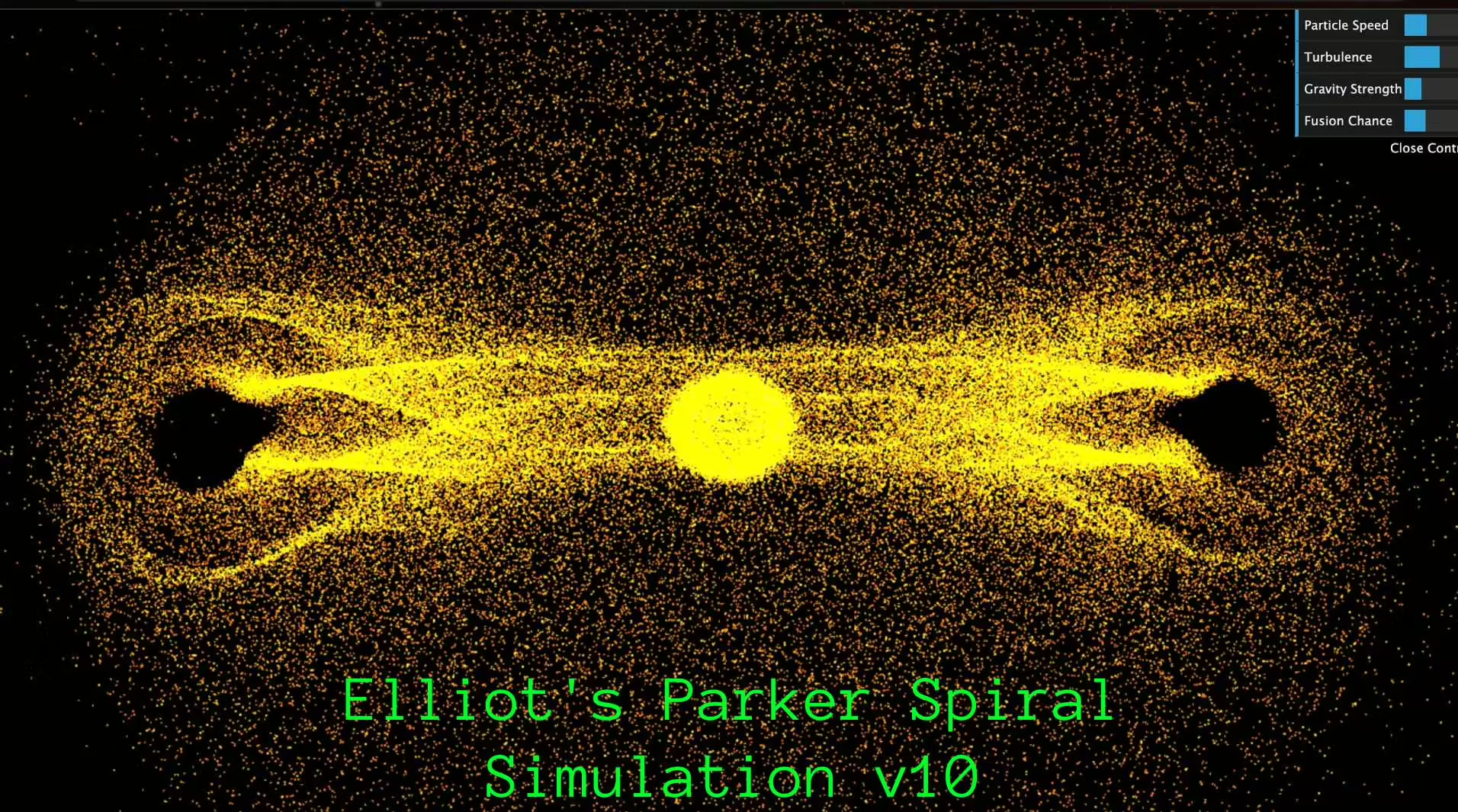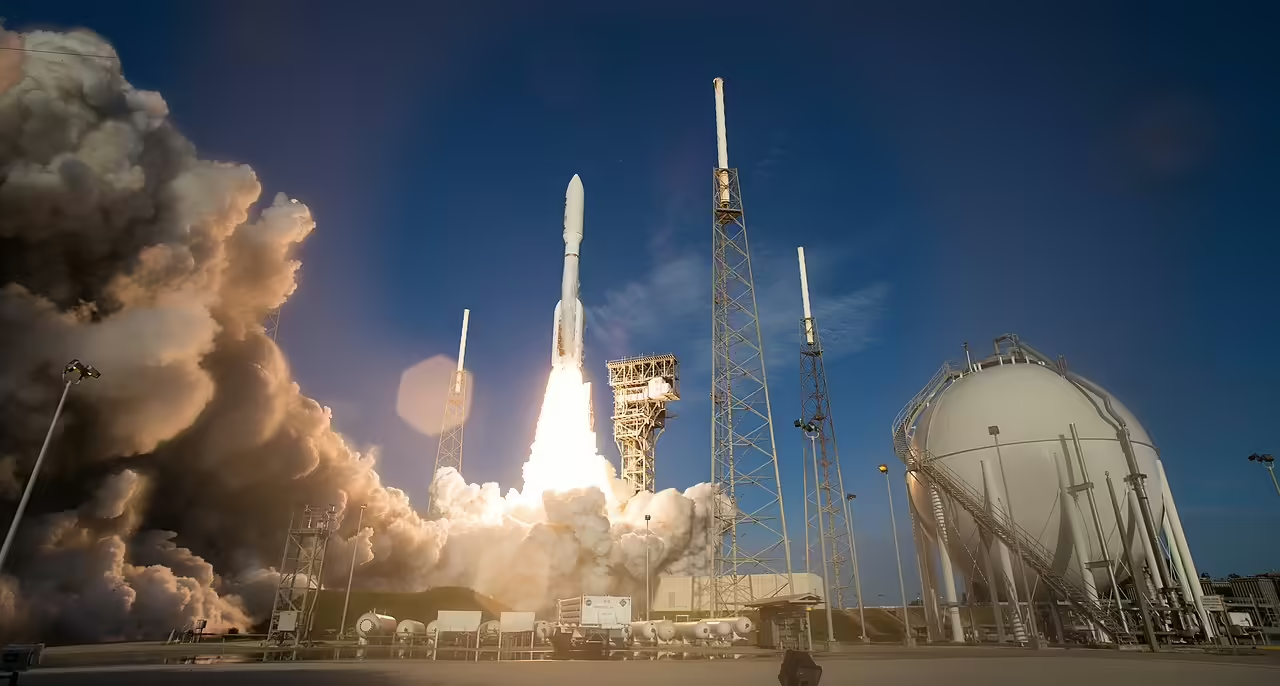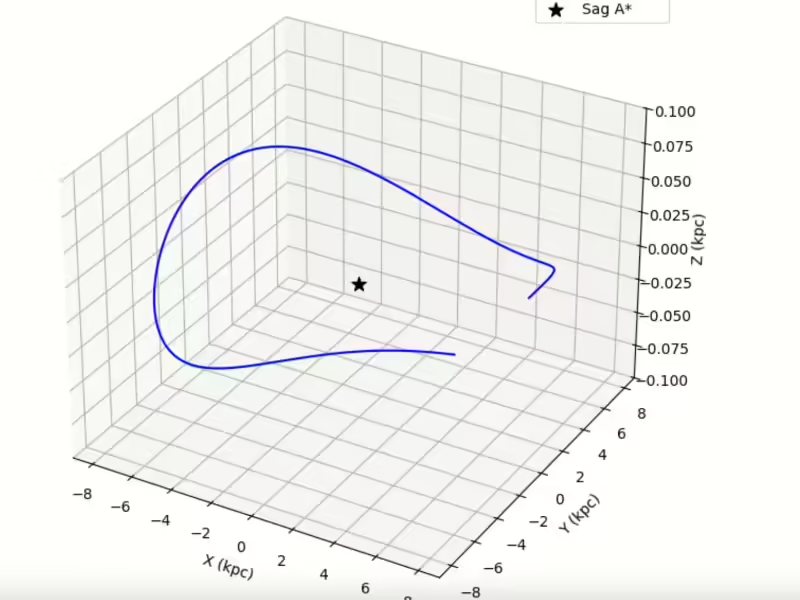Saturn, Orbital Physics, and the birth of the Solar System
Saturn isn’t just another gas giant — it’s a gravitational stage where some of the most important dramas and actors of our solar system are still unfolding. Every moon, every ring particle, every jet of plasma from its magnetosphere is a piece of the puzzle, and if you watch closely enough, you start to see the evolution of our solar system written into their motions.

